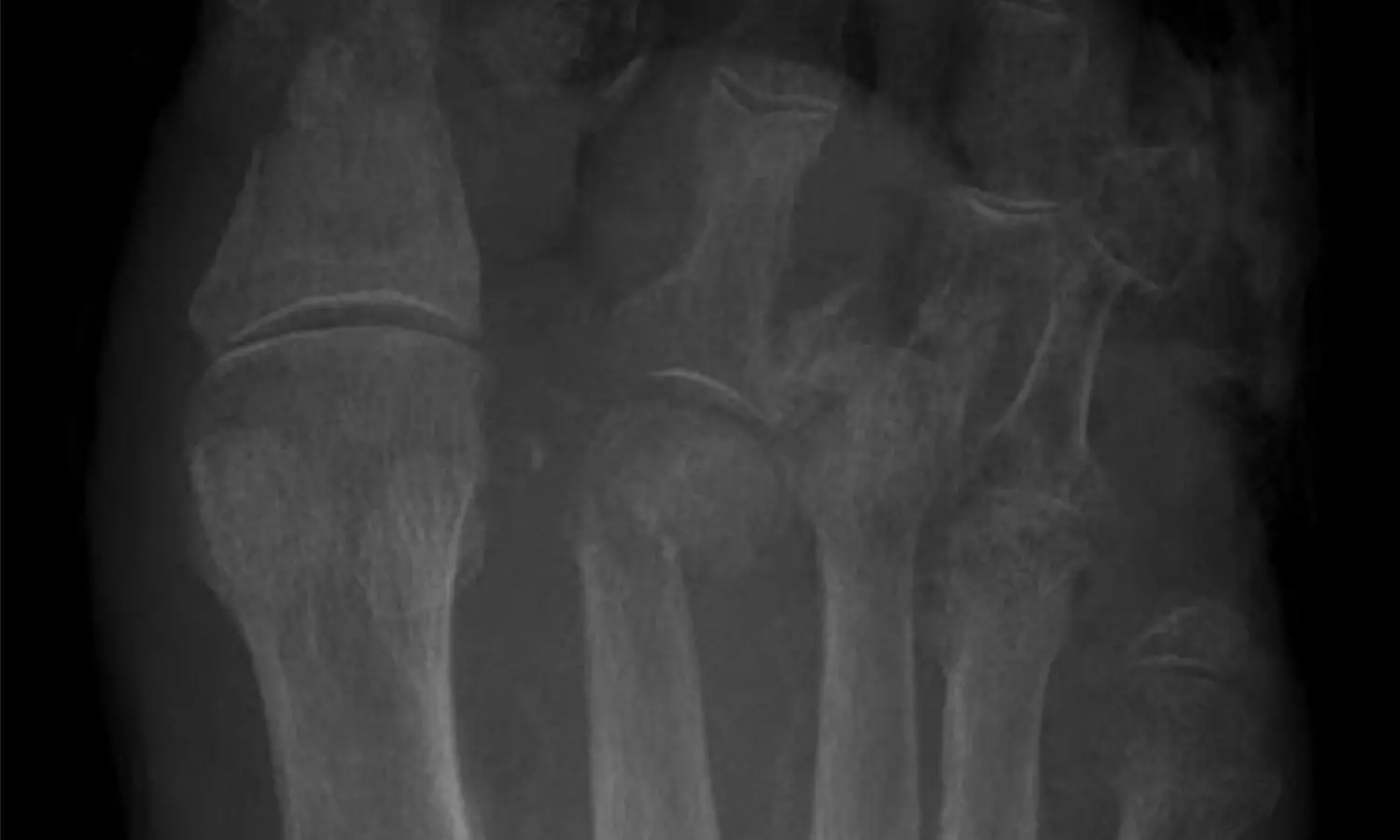- Home
- Medical news & Guidelines
- Anesthesiology
- Cardiology and CTVS
- Critical Care
- Dentistry
- Dermatology
- Diabetes and Endocrinology
- ENT
- Gastroenterology
- Medicine
- Nephrology
- Neurology
- Obstretics-Gynaecology
- Oncology
- Ophthalmology
- Orthopaedics
- Pediatrics-Neonatology
- Psychiatry
- Pulmonology
- Radiology
- Surgery
- Urology
- Laboratory Medicine
- Diet
- Nursing
- Paramedical
- Physiotherapy
- Health news
- Fact Check
- Bone Health Fact Check
- Brain Health Fact Check
- Cancer Related Fact Check
- Child Care Fact Check
- Dental and oral health fact check
- Diabetes and metabolic health fact check
- Diet and Nutrition Fact Check
- Eye and ENT Care Fact Check
- Fitness fact check
- Gut health fact check
- Heart health fact check
- Kidney health fact check
- Medical education fact check
- Men's health fact check
- Respiratory fact check
- Skin and hair care fact check
- Vaccine and Immunization fact check
- Women's health fact check
- AYUSH
- State News
- Andaman and Nicobar Islands
- Andhra Pradesh
- Arunachal Pradesh
- Assam
- Bihar
- Chandigarh
- Chattisgarh
- Dadra and Nagar Haveli
- Daman and Diu
- Delhi
- Goa
- Gujarat
- Haryana
- Himachal Pradesh
- Jammu & Kashmir
- Jharkhand
- Karnataka
- Kerala
- Ladakh
- Lakshadweep
- Madhya Pradesh
- Maharashtra
- Manipur
- Meghalaya
- Mizoram
- Nagaland
- Odisha
- Puducherry
- Punjab
- Rajasthan
- Sikkim
- Tamil Nadu
- Telangana
- Tripura
- Uttar Pradesh
- Uttrakhand
- West Bengal
- Medical Education
- Industry
Clinical outcomes of Tightrope system in the treatment of purely ligamentous Lisfranc injuries

Fan Yongfei and colleagues have reported cases of purely ligamentous Lisfranc injuries in which the Tightrope system could stabilize the tarsometatarsal joint and achieve a satisfactory effect.The purpose of this study was to see how the Tightrope system worked for reconstructing the Lisfranc ligament for elastic fixation.
The findings of case studies have been published in the journal of BMC Surgery.
Purely ligamentous Lisfranc injuries are primarily caused by low energy damage and frequently necessitate surgical intervention. There are several operative techniques for rigid fixation that can be used to solve this clinical problem.
Researchers examined 11 cases of purely ligamentous Lisfranc injuries treated with the Tightrope system between 2016 and 2019, including 8 male and 3 female patients. After the operation, an X-ray was taken to measure the distance between the first and second metatarsal joints, and a visual analogue scale (VAS) score was used to assess pain relief. At the most recent follow-up, the American Orthopedic Foot & Ankle Society (AOFAS) and Maryland foot score were recorded.
The average duration of follow-up was 20.5 months (range, 17–24). When compared to preoperative values, there was a statistically significant difference in the distance between the first and second metatarsal joints and the VAS score at 3 months, 6 months, and the final follow-up. The postoperative AOFAS mid-foot scale and Maryland foot score mean values were 92.4 4.3 and 94.1 3.5, respectively. The Tightrope system was not removed, and the foot's biomechanical stability improved. During the procedure, there were no complications.
In conclusion, for patients with purely ligamentous Lisfranc injuries, reconstruction of the Lisfranc ligament with the Tightrope system can improve tarsometatarsal joint stability and foot function. More research is needed to assess the long-term effect and compare the disparity with other ligament reconstruction methods.
Reference:
Yongfei, F., Chaoyu, L., Wenqiang, X. et al. Clinical outcomes of Tightrope system in the treatment of purely ligamentous Lisfranc injuries. BMC Surg 21, 395 (2021). https://doi.org/10.1186/s12893-021-01394-x
Medical Dialogues consists of a team of passionate medical/scientific writers, led by doctors and healthcare researchers. Our team efforts to bring you updated and timely news about the important happenings of the medical and healthcare sector. Our editorial team can be reached at editorial@medicaldialogues.in.
Dr Kamal Kant Kohli-MBBS, DTCD- a chest specialist with more than 30 years of practice and a flair for writing clinical articles, Dr Kamal Kant Kohli joined Medical Dialogues as a Chief Editor of Medical News. Besides writing articles, as an editor, he proofreads and verifies all the medical content published on Medical Dialogues including those coming from journals, studies,medical conferences,guidelines etc. Email: drkohli@medicaldialogues.in. Contact no. 011-43720751


